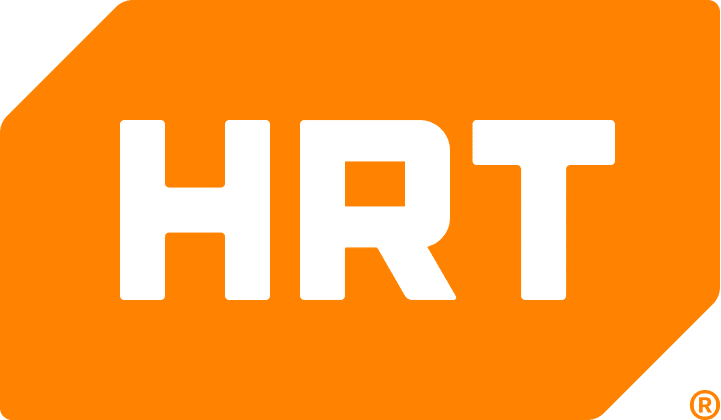
by Steven Roy | Nov 24, 2025 | Engineering
Fullstack @ HRT At Hudson River Trading, our Fullstack team bridges the gap between people and our highly automated systems. We build the complex interfaces and tools that let people navigate, control, and extend HRT’s vast trading infrastructure, as well as the data...

by Ethan Hunter | Oct 28, 2025 | Engineering
I’m on the Systems Dev team at HRT. My team is responsible for software development that supports Systems, Network, and Datacenter Engineers who maintain the computers HRT relies on for trading and research. While my team has a large variety of responsibilities, I’m...

by Joe Smith | Oct 2, 2025 | Engineering
It’s been over a decade since I last wrote something about HRT. A lot has changed since then. HRT is much larger, and we trade in many more venues and in many different time horizons. But I still feel like the fundamental vibe is, thankfully, similar. We do now have a...

by The Storage Dev Team | Aug 19, 2025 | Engineering
The ability to store and analyze vast amounts of data is table stakes for an algorithmic trading firm like HRT. Some of our storage requirements weren’t well met by existing solutions, so we decided to build and operate our own distributed filesystem, called Blobby....

by Noah Kim | Aug 8, 2025 | Engineering
Python @ HRT At Hudson River Trading (HRT), we’ve found that centralizing our codebase facilitates cross-team collaboration and rapid deployment of new projects. Therefore, the majority of our software development takes place in a monorepo, and our Python ecosystem is...

by Iwona Kotlarska | May 21, 2024 | Engineering
In the realm of high frequency trading, speed is critical. Programmers working on production systems at firms such as HRT must write code that is highly performant without compromising correctness. To achieve that, we should be aware of how compilers work, the ways...







